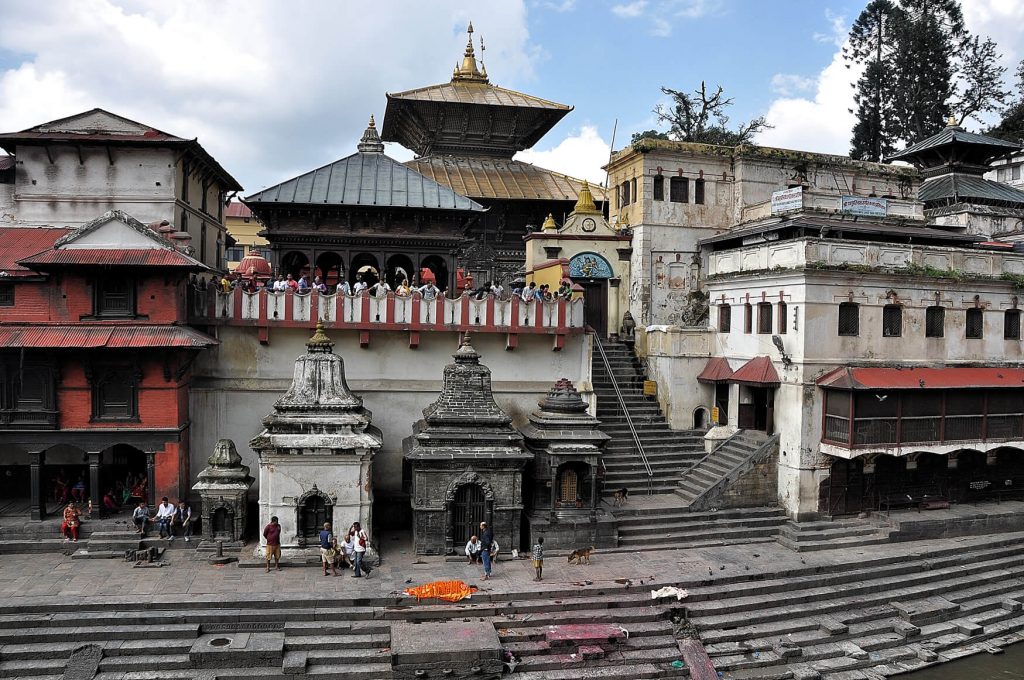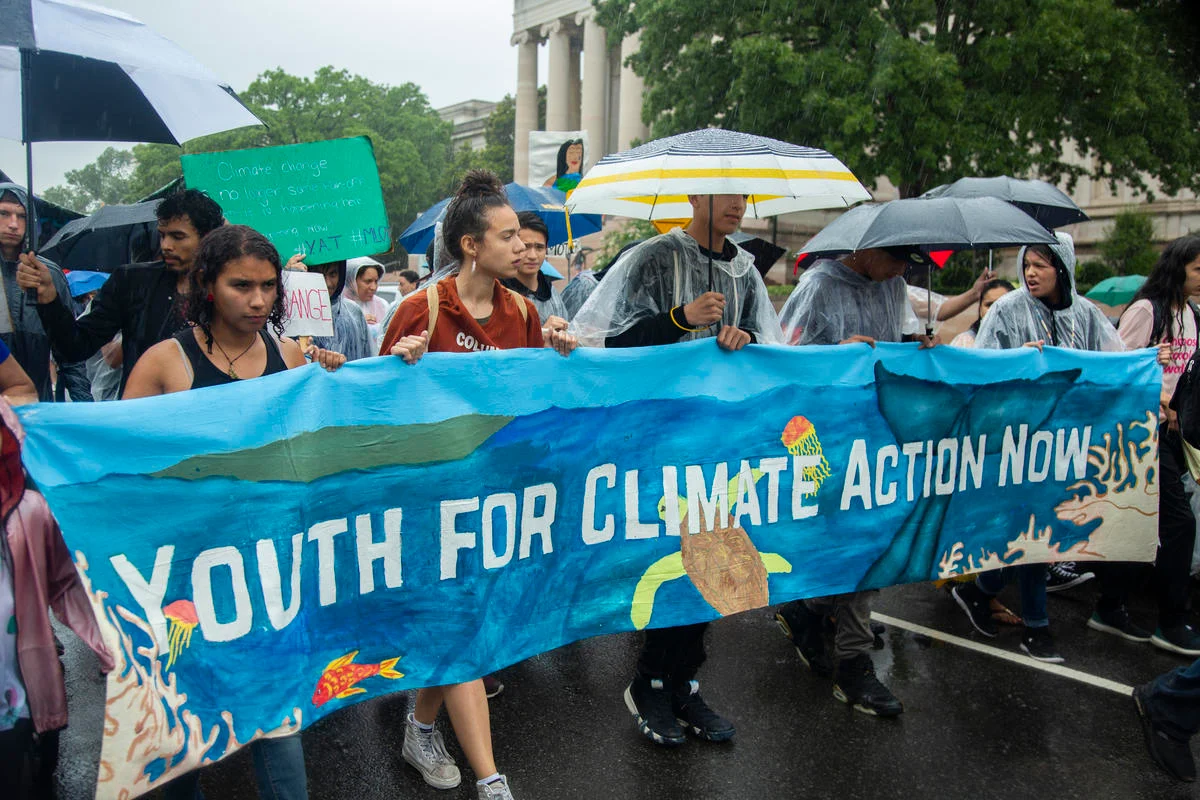Share this Article

Nepal, a country known for its breathtaking natural beauty, is facing significant environmental challenges. From the towering peaks of the Himalayas to the lush forests of the Terai, the impacts of climate change, pollution, and unsustainable practices are becoming increasingly evident. However, amidst these challenges, a new generation of environmental warriors is rising. Young activists and organizations are leading the charge to protect Nepal’s environment, tackling issues like waste management, climate change, and conservation. Through innovative initiatives and grassroots movements, these youth are not only raising awareness but also driving tangible change, inspiring hope for a greener future.
The Urgency of Environmental Action in Nepal
Nepal’s environment is under threat from multiple fronts. Rapid urbanization, deforestation, and unregulated tourism have led to increased pollution and habitat destruction. Climate change is exacerbating these issues, with melting glaciers, erratic weather patterns, and rising temperatures posing risks to agriculture, water resources, and biodiversity. Additionally, waste management remains a critical challenge, with plastic pollution clogging rivers and littering streets.
Despite these challenges, Nepal’s youth are stepping up to the plate. Armed with passion, creativity, and a deep love for their country, young environmentalists are spearheading initiatives to address these pressing issues. Their efforts are not only transforming local communities but also setting an example for the rest of the world.
Cleaning Up the Bagmati River: A Symbol of Hope
One of the most iconic environmental campaigns in Nepal is the Bagmati River Cleanup Campaign. The Bagmati River, which flows through the heart of Kathmandu, holds immense cultural and religious significance. However, decades of neglect and pollution had turned it into a dumping ground for waste and sewage. In 2013, a group of young activists, led by environmentalist Mani Karmacharya, launched a weekly cleanup drive to restore the river’s glory.
Every Saturday, hundreds of volunteers gather along the banks of the Bagmati to remove trash, plastic, and debris. Over the years, this grassroots movement has grown into a nationwide phenomenon, inspiring similar cleanup campaigns in other rivers and public spaces. The Bagmati River Cleanup Campaign is a testament to the power of collective action and the determination of Nepal’s youth to protect their environment.
Fighting Plastic Pollution: Innovative Solutions
Plastic pollution is a major environmental issue in Nepal, particularly in urban areas. To combat this, young activists and organizations are coming up with innovative solutions. Plastic Free Nepal, founded by Shilshila Acharya, is one such initiative. The organization works to reduce plastic consumption by promoting alternatives like cloth bags and biodegradable materials. Through awareness campaigns, workshops, and collaborations with local businesses, Plastic Free Nepal is making significant strides in reducing plastic waste.
Another inspiring initiative is Doko Recyclers, a social enterprise founded by Agni Prasad Sapkota. Doko Recyclers provides waste management solutions by collecting, segregating, and recycling waste from households and businesses. Their efforts not only reduce landfill waste but also create employment opportunities for marginalized communities. By turning waste into a resource, Doko Recyclers is paving the way for a circular economy in Nepal.
Climate Change Advocacy: Youth Leading the Charge
Climate change is one of the most pressing challenges of our time, and Nepal’s youth are at the forefront of the fight. Climate Alliance of Youth and Students Nepal (CAYS-Nepal), a youth-led organization, is working to raise awareness about climate change and advocate for sustainable policies. Through campaigns, tree plantations, and educational programs, CAYS-Nepal is empowering young people to take action against climate change.
Another notable initiative is Youth for Environment Education and Development Foundation (YEEED), founded by Anil Chitrakar. YEEED focuses on educating young people about environmental issues and promoting sustainable practices. Their programs include eco-clubs in schools, climate change workshops, and community-based conservation projects. By equipping the next generation with knowledge and skills, YEEED is fostering a culture of environmental stewardship.
Conservation Efforts: Protecting Nepal’s Biodiversity
Nepal is home to some of the world’s most unique and endangered species, including the Bengal tiger, one-horned rhinoceros, and red panda. However, habitat loss and poaching threaten their survival. Young conservationists are working tirelessly to protect these species and their habitats.
Greenhood Nepal, founded by Krishna Prasad Bhusal, is a youth-led organization dedicated to wildlife conservation. Through research, community engagement, and advocacy, Greenhood Nepal is working to protect endangered species and promote sustainable livelihoods for local communities. Their efforts have contributed to the successful conservation of species like the red panda and the Bengal florican.
Another inspiring example is the Antecedent Initiative, led by Prajwal Shrestha. This youth-led organization focuses on conserving Nepal’s forests and promoting sustainable tourism. By organizing tree plantation drives and eco-tours, the Antecedent Initiative is raising awareness about the importance of biodiversity and encouraging responsible travel.
Promoting Sustainable Tourism: Balancing Growth and Conservation
Tourism is a vital part of Nepal’s economy, but it also poses environmental challenges. Unregulated tourism can lead to pollution, deforestation, and cultural degradation. To address this, young entrepreneurs are promoting sustainable tourism practices.
Himalayan Climate Initiative (HCI), co-founded by Prashant Singh, is a youth-led organization that promotes eco-friendly tourism. HCI works with local communities to develop sustainable tourism models that benefit both the environment and the economy. Their initiatives include waste management programs, eco-lodges, and awareness campaigns for tourists.
Another example is Eco Himal Nepal, founded by Nima Lama. Eco Himal Nepal focuses on promoting responsible trekking and mountaineering practices. By organizing clean-up expeditions and educating trekkers about Leave No Trace principles, Eco Himal Nepal is helping to preserve Nepal’s pristine mountain ecosystems.
Challenges and the Way Forward
Despite their remarkable efforts, Nepal’s environmental warriors face numerous challenges. Limited funding, lack of government support, and public apathy often hinder their work. Additionally, the scale of environmental issues requires long-term commitment and collaboration across sectors.
However, the determination and creativity of Nepal’s youth offer hope for the future. By leveraging technology, social media, and grassroots networks, young activists are amplifying their impact and inspiring others to join the movement. Partnerships with international organizations and the private sector are also providing much-needed resources and support.
Conclusion: A Greener Future in the Making
Nepal’s environmental warriors are proving that age is no barrier to making a difference. From cleaning up rivers to fighting climate change, these young activists are tackling some of the most pressing environmental issues of our time. Their passion, innovation, and resilience are not only transforming Nepal’s landscape but also inspiring a global movement for a greener future.
As the world grapples with environmental challenges, Nepal’s youth offer a powerful reminder that change begins at the grassroots level. By supporting their efforts and amplifying their voices, we can all contribute to building a more sustainable and equitable world. Nepal’s environmental warriors are not just fighting for their country’s future—they are leading the way for a greener planet.
Categories:
Sustainable Development
Tags:
ClimateAction
,
EcoWarriors







